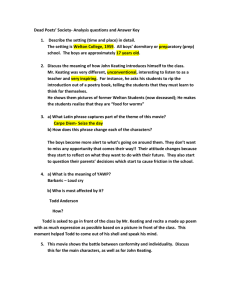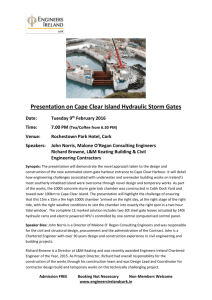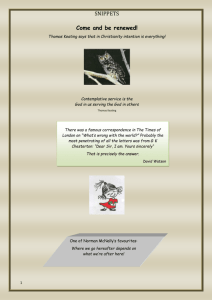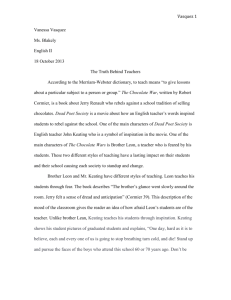Keating, William Hypolitus, born in Wilmington, Delaware, on August
advertisement
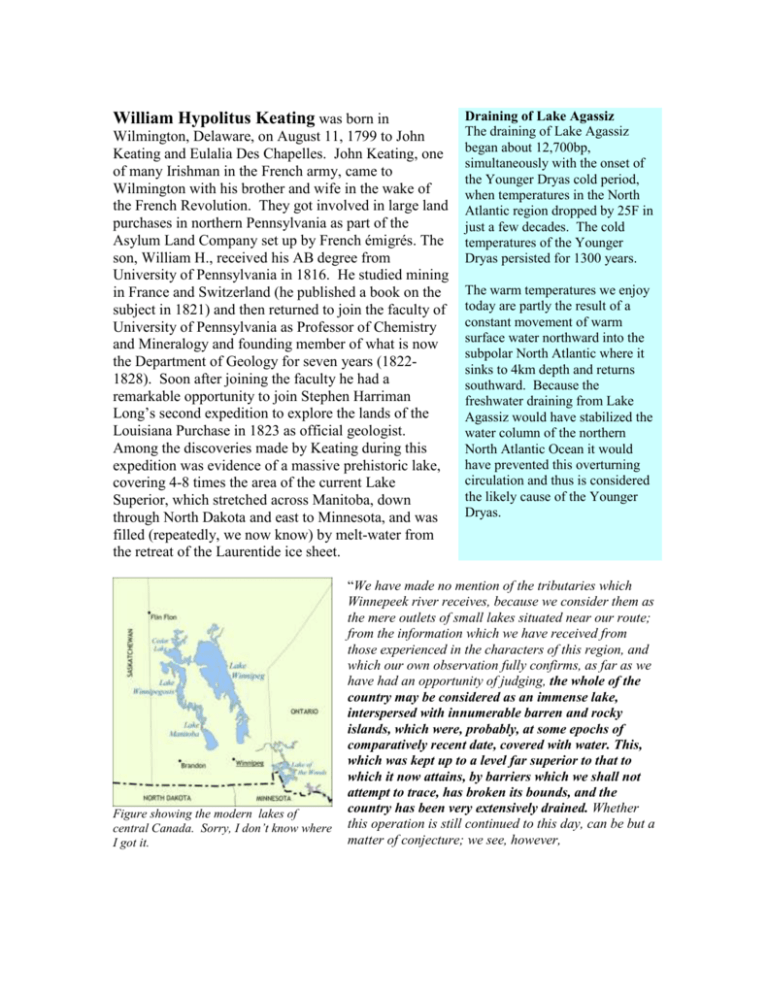
William Hypolitus Keating was born in Wilmington, Delaware, on August 11, 1799 to John Keating and Eulalia Des Chapelles. John Keating, one of many Irishman in the French army, came to Wilmington with his brother and wife in the wake of the French Revolution. They got involved in large land purchases in northern Pennsylvania as part of the Asylum Land Company set up by French émigrés. The son, William H., received his AB degree from University of Pennsylvania in 1816. He studied mining in France and Switzerland (he published a book on the subject in 1821) and then returned to join the faculty of University of Pennsylvania as Professor of Chemistry and Mineralogy and founding member of what is now the Department of Geology for seven years (18221828). Soon after joining the faculty he had a remarkable opportunity to join Stephen Harriman Long’s second expedition to explore the lands of the Louisiana Purchase in 1823 as official geologist. Among the discoveries made by Keating during this expedition was evidence of a massive prehistoric lake, covering 4-8 times the area of the current Lake Superior, which stretched across Manitoba, down through North Dakota and east to Minnesota, and was filled (repeatedly, we now know) by melt-water from the retreat of the Laurentide ice sheet. Figure showing the modern lakes of central Canada. Sorry, I don’t know where I got it. Draining of Lake Agassiz The draining of Lake Agassiz began about 12,700bp, simultaneously with the onset of the Younger Dryas cold period, when temperatures in the North Atlantic region dropped by 25F in just a few decades. The cold temperatures of the Younger Dryas persisted for 1300 years. The warm temperatures we enjoy today are partly the result of a constant movement of warm surface water northward into the subpolar North Atlantic where it sinks to 4km depth and returns southward. Because the freshwater draining from Lake Agassiz would have stabilized the water column of the northern North Atlantic Ocean it would have prevented this overturning circulation and thus is considered the likely cause of the Younger Dryas. “We have made no mention of the tributaries which Winnepeek river receives, because we consider them as the mere outlets of small lakes situated near our route; from the information which we have received from those experienced in the characters of this region, and which our own observation fully confirms, as far as we have had an opportunity of judging, the whole of the country may be considered as an immense lake, interspersed with innumerable barren and rocky islands, which were, probably, at some epochs of comparatively recent date, covered with water. This, which was kept up to a level far superior to that to which it now attains, by barriers which we shall not attempt to trace, has broken its bounds, and the country has been very extensively drained. Whether this operation is still continued to this day, can be but a matter of conjecture; we see, however, nothing that makes it, either impossible or even improbable. That at one time the Mississippi was one of the great outlets, appears to us equally probable; … Thus far we think ourselves warranted to proceed from observations. The rest must be a matter of speculation, and we are not disposed to indulge in it. We shall therefore restrict ourselves to the following conclusions. 1. That the whole of the country between Lake Superior and Lake Winnepeek was formerly covered with water to a much greater height than it is at present; 2. That this inland sea was bounded by barriers which were broken, at a time probably posterior to the deposition of the secondary limestone of Ohio; wherefore the fragments, which result from this great convulsion of nature, are found resting upon those secondary formations. 3. That this process of draining was carried on at first, partly, art least, through the valley of the Mississippi. 4. That it is not improbable that this draining is still continued. 5. That if this be the case, it is partially through the valley of the Mississippi, but chiefly through Nelson's river.” (Keating, 1824, p.103-5) Ten years later Louis Agassiz began his studies of glaciers in the Alps, work which eventually led to the discovery of ice ages and to explanation of Keating’s observations. The name ‘Lake Agassiz’ was chosen by a USGS geologist, Warren Upham, in 1879 in recognition of this connection. Incidentally, Keating also visited Chicago in its early years and was unimpressed, finding it “inhabited by a race of miserable men” (Keating, 1824). Perhaps he had a bad experience. Returning to Philadelphia, Keating was active in the American Philosophical Society where he served as Secretary (1823-1827, 1832) and Councilor (1831, 1836-1840). The APS had been the creation of Benjamin Franklin and was an intellectual center of early American science. Together with Mexican Ambassador Joel R. Poinsett Keating made major contributions to their Indian collection in 1820 and 1830. In 1824 he joined forces with Samuel Vaughan Merrick to form the Franklin Institute, also in Philadelphia, as the first hands-on science center in the United States. Keating also studied law, developed a lucrative practice, and became involved in commercial and real estate ventures. He was one of the founders of the Philadelphia and Reading Railroad Co. in 1835 along with Eliha Chauncey, Coleman Fisher, M.S. Richards, John A. Brown, William C. Emlin, Charles P. Fox, and M. & W. Robinson. He died in London, England, on March 17, 1840 while negotiating a loan for the new railroad. References Keating, William H., 1821: Considerations Upon the Art of Mining, to Which are Added, Reflections on its Actual State in Europe, and the Advantages Which Would Result from an Introduction of this Art Into the United States, Philadelphia: Carey and Sons. Keating, William H., 1822: Account of Jeffersonite, a New Mineral Discovered at the Franklin Iron Works, Philadelphia: Harding. Keating, William H., 1822: Syllabus of a Course of Mineralogy and Chemistry, as Applied to Agriculture and the Arts, Philadelphia. Keating, William H., 1824: Narrative of an expedition to the source of St. Peter's River, Lake Winnepeck, Lake of the Woods, &c. &c. performed in the year 1823, by order of the Hon. J.C. Calhoun, Secretary of War, under the command of Stephen H. Long, Major U.S.T.E. Volume 2. Comp. from the notes of Major Long, Messrs. Say, Keating, and Calhoun, Philadelphia, H. C. Carey & I. Lea. http://memory.loc.gov Keating, William H., 1824: Narrative of an Expedition to the Source of St. Peter's River: Lake Winnepeek, Lake of the Woods, &c., &c. Performed in the year 1823, Philadelphia.

